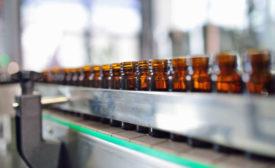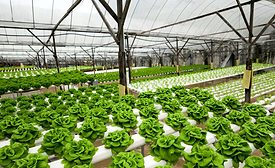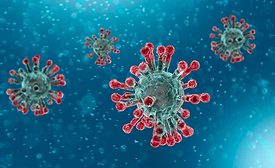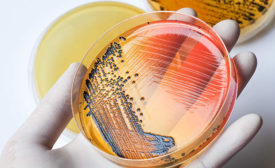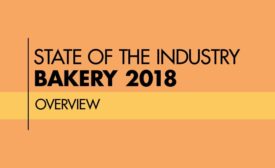Home » Keywords: » state of the industry
Items Tagged with 'state of the industry'
ARTICLES
2020 STATE OF THE INDUSTRY
State of the Industry in Food Safety: Produce Safety
November 4, 2020
2020 STATE OF THE INDUSTRY
State of the Industry in Food Safety: Software & Technology
November 3, 2020
2020 STATE OF THE INDUSTRY
State of the Industry in Food Safety: Training & Certification
FSMA requirements and ongoing food safety plan due diligence dictate regular training and certification for key organizational leads.
November 2, 2020
2020 STATE OF THE INDUSTRY
State of the Industry in Food Safety: Facility Management & Design in the COVID-19 Era
Federal regulators and industry associations issue a wave of new guidance to navigate the ongoing COVID-19 pandemic.
October 29, 2020
State of the Industry 2018 Overview: Perspectives from top bakery industry leadership
Industry leaders address top issues like regulatory, sanitary design and workforce development.
June 21, 2018
Never miss the latest news and trends driving the food safety industry
eNewsletter | Website | eMagazine
JOIN TODAY!Copyright ©2025. All Rights Reserved BNP Media.
Design, CMS, Hosting & Web Development :: ePublishing
